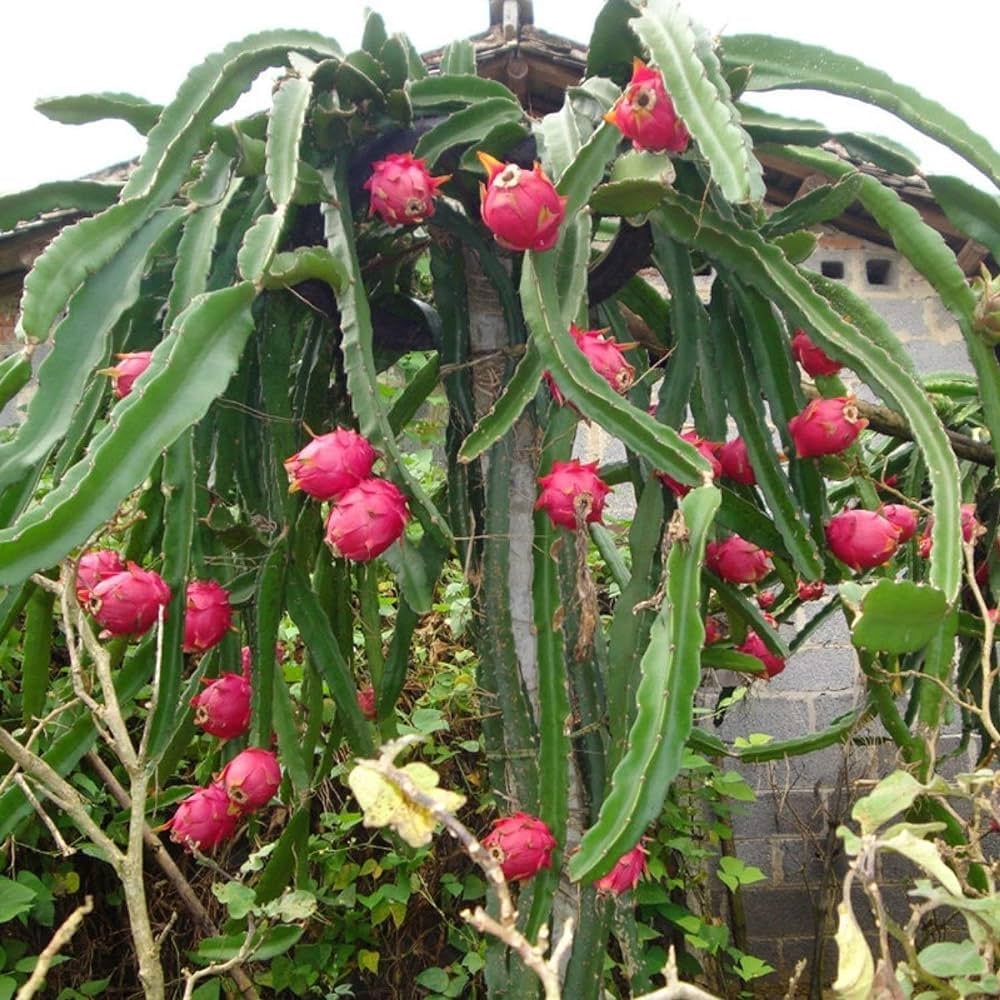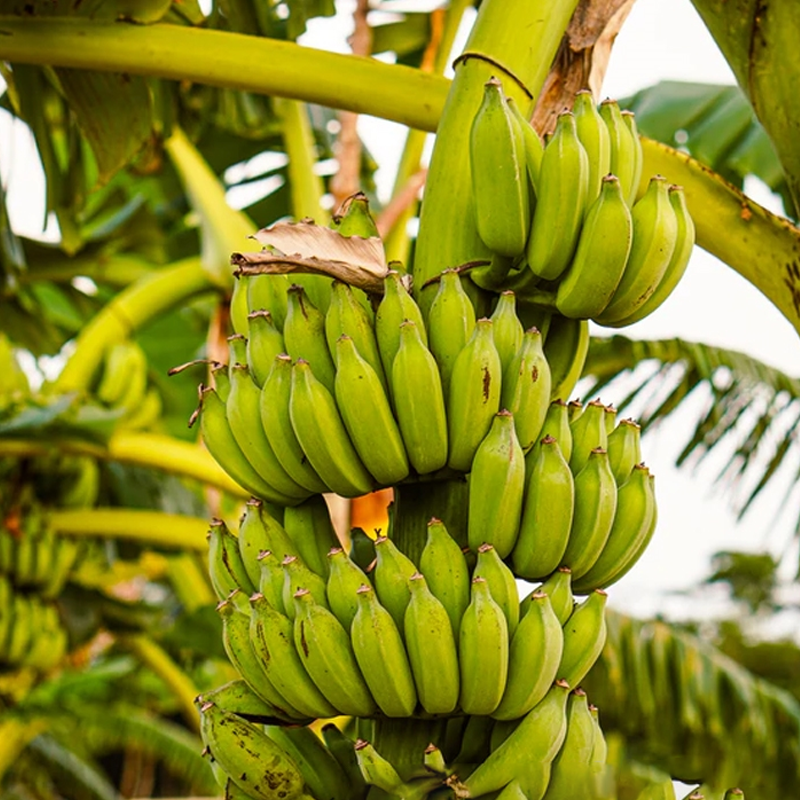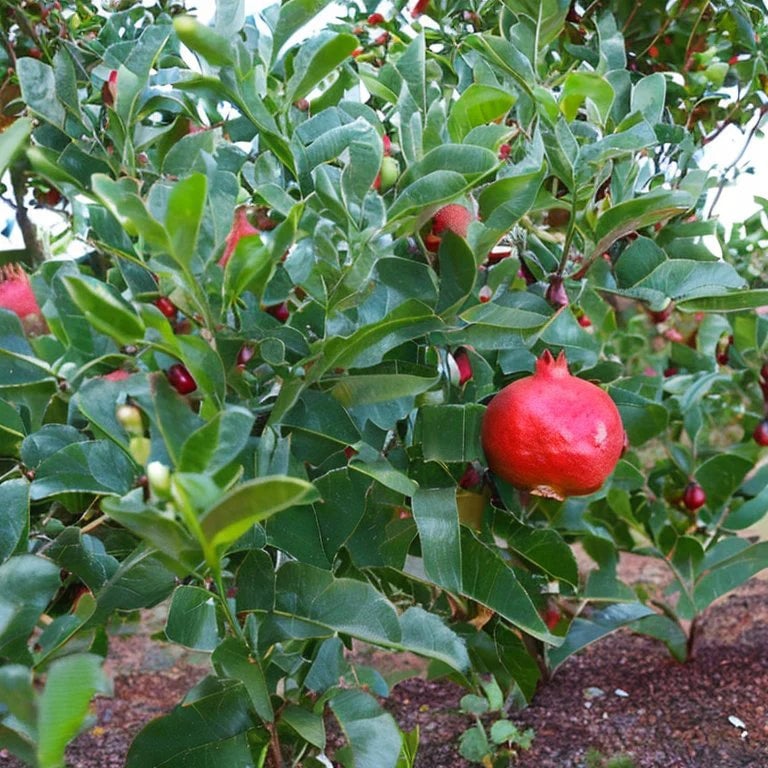
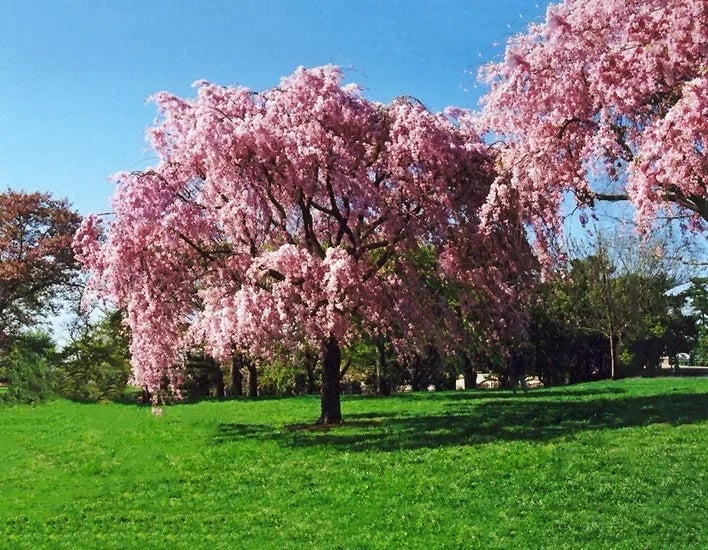

Weeping Cherry Tree - 1 Gal. 50% Off
Stunning springtime pink blossoms
Vibrant fall foliage colors
Perfect for ornamental landscaping
Thrives in
ZONE 4ZONE 5ZONE 6ZONE 7ZONE 8ZONE 9This plant ships:
Ships Week of May 5thWeeping Cherry Tree - Prunus Pendula
Weeping cherry trees are a beloved ornamental species, celebrated for their graceful, arching branches that sweep toward the ground, creating a captivating, cascading effect. These are often recognized by their botanical name. Prunus subhirtella grow to heights of 20-30 feet with a spread of 15-25 feet, making them a prominent feature in any landscape.
Size Shipped - Comes in a #1 Gallon Container
The Weeping Cherry Tree Has Stunning Blooms
In early spring, the Prunus pendula burst into a stunning display of delicate pastel pink blooms before the leaves emerge. These delicate flowers blanket the branches, creating a breathtaking canopy that attracts admirers and pollinators alike. As the season progresses, the flowers give way to bright green leaves, which provide shade and beauty throughout the summer. In autumn, the foliage transitions to warm hues of yellow and orange, adding yet another layer of seasonal interest.
They thrive in full sun, which ensures the most prolific flowering, though they can tolerate light shade. They prefer well-drained, fertile soil and require regular watering, especially during dry periods. However, care must be taken to avoid overwatering, which can lead to root rot.
Weeping Cherry Tree is an elegant flowering tree
Pruning is best done after flowering to maintain it's elegant form and remove dead or damaged branches. These are admired for their beauty and versatility in the landscape. They make a striking focal point in gardens, particularly near water features, in Japanese-inspired landscapes, or as standalone specimens in expansive lawns.
This stunning tree is resilient and hardy
Despite the trees delicate appearance, they are relatively hardy. With proper care, these can provide years of beauty and enjoyment, transforming any garden into a scene of natural elegance.
What is the size of a mature one?
They grow to a height of fifteen to thirty feet and have a width of about twenty to twenty-five feet, depending on the type of cultivar grown. They can grow from 12 to 24 inches per year, but this largely depends on the quality of the soil, the water in its surrounding environment, and the climate.
When to plant one?
They are best planted during the early spring or autumn. Depending on the climate zones, planting might begin earlier, but in warmer climates it is doable in late fall. When carrying out the transplanting, it is wise to do it on a day when the soil is slightly wet and not frosted.
How much sun does one need?
They are adapted to full sun. Plant it in an area that receives at least 6 to 8 hours of full sun a day. If placed in the wrong area, especially where there is inadequate sunlight, they will develop slow growth and produce few flowers.
How to take care of them?
Irrigation is essential; it requires about 1 inch of water weekly, depending on the rainfall recorded. Sandy soils should not be watered as often as clay soils because of the difference in water-holding capacity. Use a balanced fertilizer when they start budding in early spring and in late summer.
How long do they live?
The weeping cherry trees can live between 30 to 50 years if well cared for. This longevity depends on factors such as protection from pests and diseases, proper watering, and well-draining soil.
This Is How Your Plants Will Look upon Delivery

Bloom Season
Spring
Bloom/Foliage Color
Pink
Height at Maturity
Under 25 Feet
Care
Weeping Cherry Trees thrive in well-drained soil and require regular watering, especially during dry periods. Mulch around the base to retain moisture and suppress weeds. Pruning should be done after blooming and fertilized annually in early spring.
Plant Reproduction
Weeping Cherry Tree spreads primarily through seed dispersal and suckers
Plant bare root trees during the dormant season in early spring or late fall (November through April). Dig the hole twice as wide as the roots so the soil is well-drained. Position the tree so the root flare is at or just above ground level. Fill the hole back with the soil you dug from and water. Maintain soil moisture, especially in the tree's early years, by providing deep, regular watering. Apply a 2-4 inch mulch away from the trunk at the base to retain moisture and suppress weeds. Prune trees during the first few seasons to establish strength and resilience, remove damaged branches, and continue maintenance pruning as the tree matures. Regularly inspect for pests and diseases and apply integrated pest management practices. Protect young trees from mechanical damage and extreme temperatures with tree guards, and stake them if necessary for support, removing the stakes after one or two years.
Shipping date depends on the date displayed and chosen when you order from the product's page.
We only accept returns on plants verified dead. If you think your plants have died, we offer a 1 year warranty, please use this File a Claim Link to verify dead plants and start with return warranty process.





Weeping Cherry Tree - 1 Gal. 50% Off
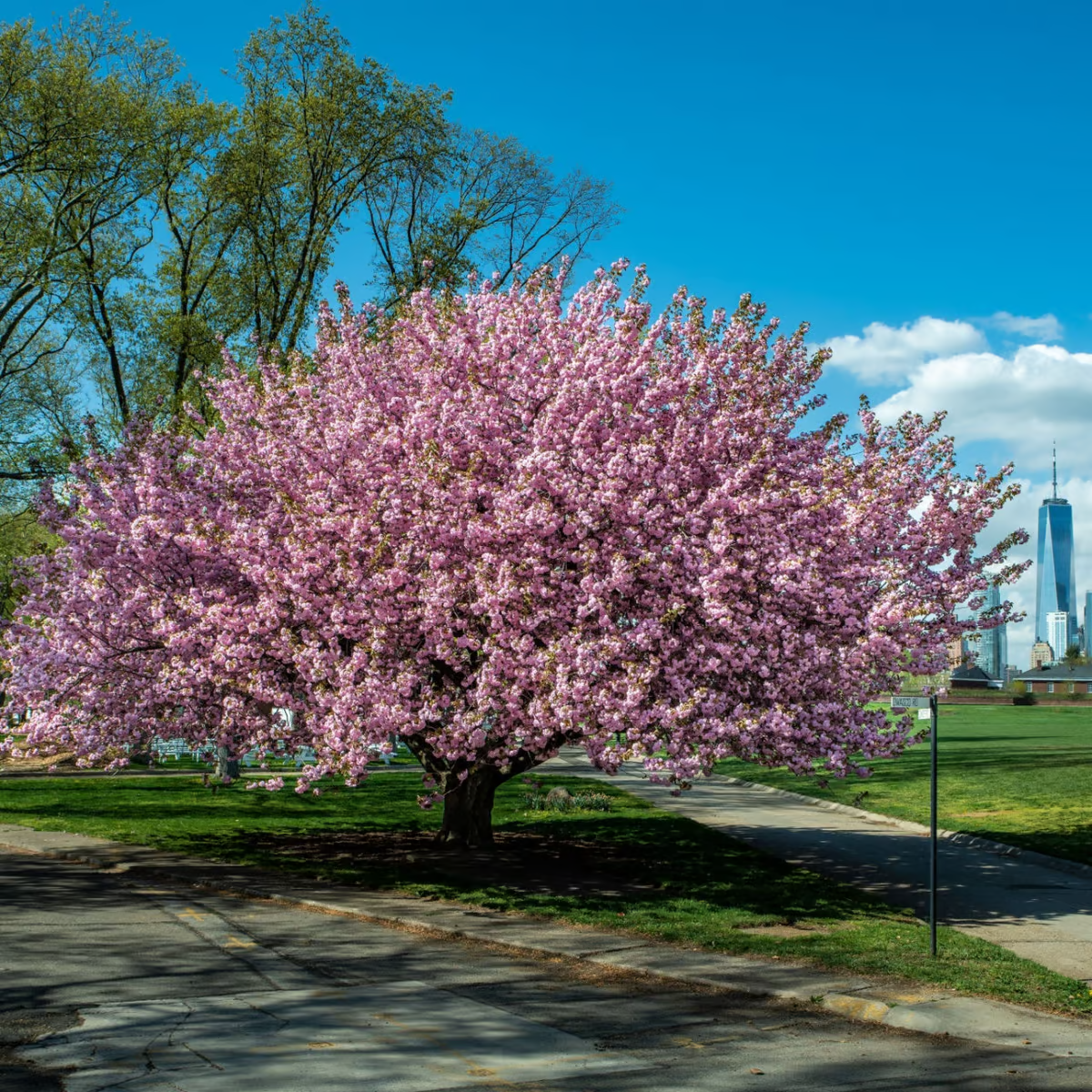
Lush Green Foliage:
The tree’s rich green leaves turn a vibrant orange-red in the fall, adding seasonal interest and color to your landscape.
Spectacular Blossoms:
Kwanzan Cherry Trees produce stunning double-pink flowers in spring, creating a breathtaking display of color.
Low Maintenance:
This tree is relatively easy to care for, requiring minimal pruning and care while providing consistent beauty year after year.
Compact Size:
With a manageable size, the Kwanzan Cherry is perfect for smaller gardens or urban landscapes, offering beauty without taking up too much space.
Caring Tips
How do I care for my Weeping Cherry Tree - 1 Gal. 50% Off?
Each box contains detailed care instructions and information about your product. But here's the basics.
Care Tips
Weeping Cherry Trees thrive in well-drained soil and require regular watering, especially during dry periods. Mulch around the base to retain moisture and suppress weeds. Pruning should be done after blooming and fertilized annually in early spring.
Light Requirements
The Weeping Cherry Tree thrives in full sun to partial shade. For optimal blooming and health, it prefers at least six hours of direct sunlight daily. In shadier locations, it may have reduced flowering and growth.
Hardy Planting Zones
4 • 5 • 6 • 7 • 8 • 9
Header
Use this content to share information about your store and products.
Frequently Asked Questions
How often should I water my plants?
How do I know if my plant is getting too much or too little sunlight?
What should I do to prepare my plants for winter?
What are the signs that my plant needs fertilizing?
How can I prevent pests from damaging my plants?
How do I choose the right plant for my climate zone?



